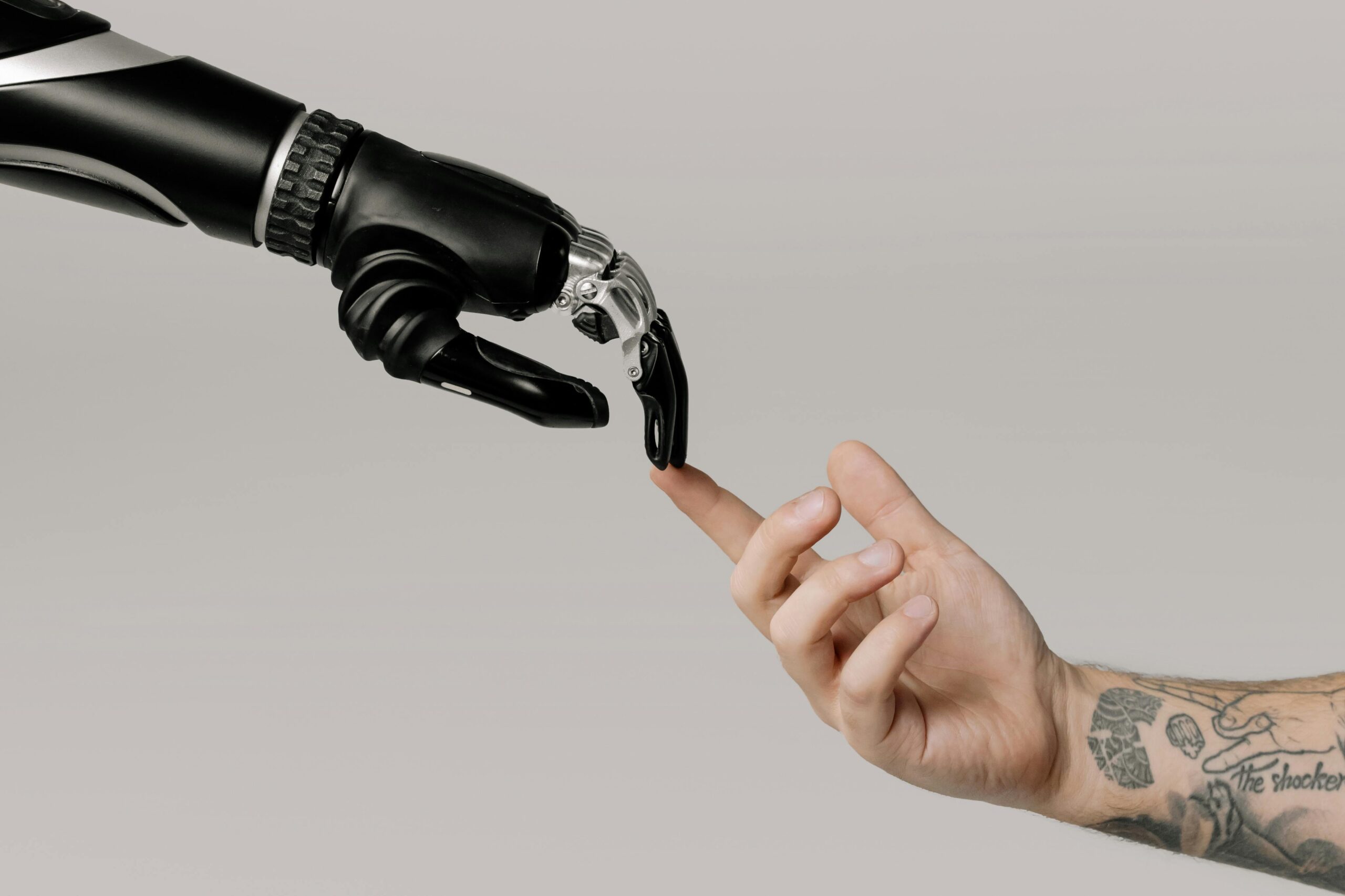Activism, Avatars, and Empathy: Using the Metaverse for Social Justice
The metaverse is often painted as a futuristic playground for gamers and fashion brands, yet its most revolutionary potential lies in its ability to foster empathy and drive social change. For centuries, activists have fought for justice using words and images; now, they can use immersion.
The metaverse and its underlying technologies (VR, AR, 3D worlds) provide an unprecedented platform to move people beyond passive awareness and into active, embodied understanding of injustice. This is how the metaverse is becoming the new frontier for social justice.
1. The Empathy Engine: Changing Perspectives
The most profound contribution of the metaverse is its unique power to create embodiment—the feeling of being in someone else’s body or situation.
- First-Person Experience: Unlike watching a documentary, VR allows a user to step into the avatar of a person facing discrimination, displacement, or disability. For instance, campaigns have used VR to simulate the experience of a child refugee navigating a conflict zone or an individual living with dementia. This sensory, first-person perspective bypasses intellectual defense mechanisms and directly engages emotional empathy.
- Challenging Implicit Bias: Immersive simulations can be designed to place users in scenarios that reveal and correct their unconscious biases. By embodying an avatar from a marginalized group, users experience the world differently, which studies suggest can be far more effective at changing long-term attitudes than traditional media.
2. Global Accessibility for Activism
The metaverse removes geographic and physical barriers, creating a borderless arena for protest, education, and organizing.
- Democratic Protests: Activists can stage virtual rallies and demonstrations in decentralized platforms, circumventing real-world restrictions on gathering or protesting in authoritarian regimes. These virtual gatherings serve as powerful, publicly visible statements.
- Accessible Education: Organizations can create virtual classrooms and historical reconstructions, making education on human rights or historical atrocities accessible to anyone with a headset or smartphone. Imagine a history student visiting a fully-rendered, accurate reconstruction of a historical site to learn about a human rights issue firsthand.
- Global Collaboration: NGOs and non-profits can host the Global Collaboration Village—persistent virtual meeting spaces where experts, policymakers, and community leaders from around the world can meet in real-time, regardless of travel restrictions or visa issues, to address global crises.
3. The Toolkit for Change: NFTs and Digital Assets
Social justice content in the metaverse goes beyond passive viewing; it involves creating tangible, monetizable assets for good.
- NFTs for Fundraising: Non-profits can launch NFT collections where the digital artwork or collectible is tied to a specific cause. The sale of the NFT generates direct, transparent funding, and built-in smart contracts can ensure that a percentage of every future resale (secondary royalty) continues to benefit the charity.
- Virtual Services for Health: The metaverse is being used to deliver mental and physical health therapies. Individuals with mobility issues can virtually participate in rehabilitation exercises or “swim with dolphins” via VR, enhancing well-being and equality of access.
- Verifiable Data Trails: Blockchain technology underpinning the metaverse can be used to create immutable records of supply chains or aid distribution, ensuring that donations reach their intended recipients without corruption, promoting transparency and trust in philanthropy.
The Critical Need for Ethical Design
While the opportunities are vast, the metaverse is not inherently just. Developers and advocates must be vigilant to ensure the technology doesn’t amplify real-world harms:
- Addressing Digital Harassment: Virtual spaces are susceptible to harassment and abuse, which can feel more traumatic due to immersion. Robust moderation tools and clear governance frameworks are essential.
- Avoiding Algorithmic Bias: The AI and algorithms that power virtual environments can inherit and amplify real-world racial, gender, or other biases if not trained on diverse, carefully vetted data.
- Ensuring Accessibility: For the metaverse to be a tool for equity, the hardware (headsets) and the software must be affordable and usable for people with various disabilities.
Ultimately, the metaverse offers us a chance to re-engineer society’s digital fabric, learning from the mistakes of Web2. By designing with empathy and equity by design, we can harness this immersive technology to transform global awareness into meaningful, real-world action.





